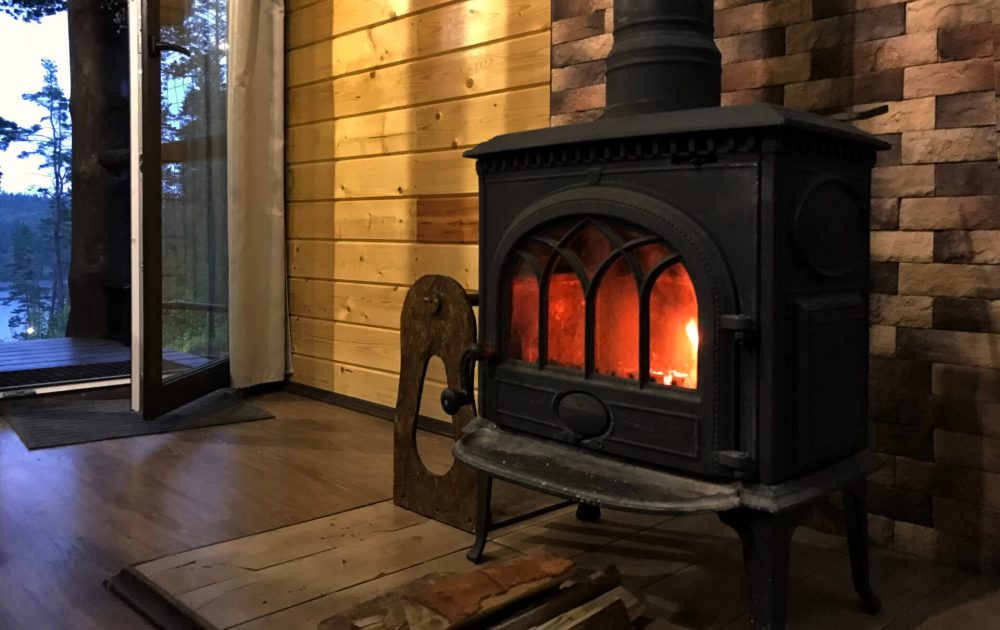Our test tells you which everyday chemicals you've recently come into contact with, and easy steps you can follow to reduce your exposure to them.
Is your log burner your Achilles heel?

The government announced its new Environment Improvement Plan this week including updated guidance on emissions of particulate matter from log burning stoves. Earlier guidance of no more than 5g of smoke emissions per hour has been reduced to 3g per hour in areas designated as smoke control areas, which encompasses most UK towns and cities.
Local authorities have the power to issue a fine of £300 to any household exceeding the guidance, but in the last 6 years only 17 fines have been issued to householders.
Log burning stoves have been under scrutiny for years because the emissions from the burning process include particulate matter, proven to exacerbate health conditions such as asthma, and other lung diseases including cancer.
Based on the evidence, should we be thinking about abandoning our log burners?
We asked a few of our followers to share their thoughts about log burners in light of the new regulations.
Mary told us, “I installed my log burner 3 years ago, and I love it. It complies with the latest regulations and is an efficient method to heat my home in a rural setting.
I source my logs carefully and always check how they’re dried and the moisture levels. Kiln dried logs burn brightly (and quite quickly). I check what’s coming out of my chimney and can see that the smoke is white, not black which gives me peace of mind.
When adding wood to the fire, I close the door as quickly as possible to reduce emissions entering my living space. I have the chimney swept each year (it’s a household insurance requirement too), and always keep the log burner clean, removing any residues from the glass door. These measures reassure me that I’m doing everything I can to protect the environment and my health, whilst allowing myself the comforts the log burner brings.”
Anne, who lives in an urban setting had concerns about log burners. She said, “We live on an estate with houses close by we can’t open our windows after lunch time because of the burning smell. We’ve had to tape up the windows due to the smell in the evenings as particulate matter can get in, especially in our children’s rooms.”
And in a very honest statement, Robert told us, “This is my Achilles heel – because for all my passion about environmental pollution, I can’t do without my log burner!”
How can log burner emissions be reduced?
Wood with less than 20% moisture level burns the most efficiently. The hotter the fire, the less smoke is emitted so burning wood with a good flame produces lowers emissions than a low burn, smouldering fire. Burning wood pieces with a diameter of 3-6 inches also helps to reduce emissions and avoid adding too many logs to the fire at one time to allow more oxygen for the fire to burn efficiently.
Wood should be air dried for at least 12 months before burning and stored in a dry place. If storing outside keep wood covered and off the ground to reduce moisture getting into the wood.
If you choose to buy bags of mixed wood use faster burning woods such as pine or birch to establish the fire before adding slower burning wood such as oak which can take longer to catch fire and smoulder until it’s hot enough to burn. Always ask your supplier how they measure the moisture level of their wood supplies. Wood with lower moisture levels will probably cost a little more, especially if it’s kiln dried, but it’s better for the environment and public health.
What are the alternatives to a log burner?
Renewable and greener energy systems are entering the mainstream, but the costs can be high. The Energy Saving Trust provide independent guidance on making informed energy choices.